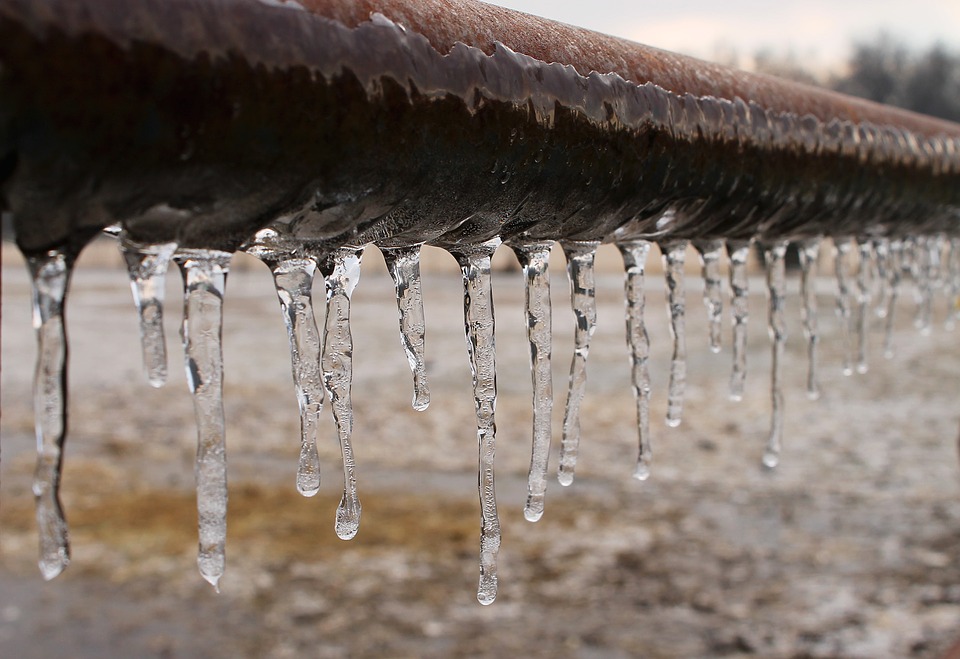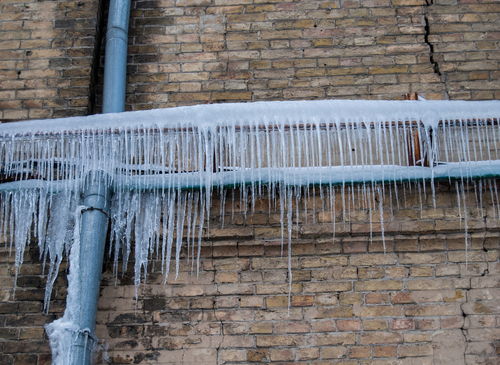They are making several good points on Preventing and dealing with frozen pipes in general in the content down the page.

Winter can damage your plumbing, specifically by freezing pipes. Here's exactly how to prevent it from taking place and what to do if it does.
Introduction
As temperatures decrease, the risk of frozen pipelines rises, potentially causing costly repair services and water damage. Understanding just how to avoid icy pipelines is essential for homeowners in cool climates.
Understanding Icy Pipelines
What triggers pipelines to ice up?
Pipelines ice up when revealed to temperatures listed below 32 ° F (0 ° C) for extended periods. As water inside the pipes ices up, it broadens, taxing the pipeline walls and possibly causing them to burst.
Threats and problems
Frozen pipes can bring about supply of water interruptions, property damages, and expensive fixings. Burst pipes can flood homes and create extensive structural damages.
Indications of Frozen Water Lines
Identifying icy pipes early can avoid them from bursting.
How to recognize icy pipelines
Try to find reduced water flow from taps, uncommon odors or sounds from pipelines, and visible frost on exposed pipes.
Avoidance Tips
Shielding prone pipes
Cover pipelines in insulation sleeves or use warm tape to shield them from freezing temperatures. Focus on pipelines in unheated or exterior areas of the home.
Home heating methods
Keep interior spaces appropriately heated, especially locations with plumbing. Open cabinet doors to allow cozy air to circulate around pipelines under sinks.
Securing Exterior Pipes
Garden tubes and outdoor taps
Disconnect and drain garden hose pipes prior to wintertime. Set up frost-proof spigots or cover exterior faucets with shielded caps.
What to Do If Your Pipelines Freeze
Immediate activities to take
If you believe icy pipes, keep taps available to soothe stress as the ice thaws. Utilize a hairdryer or towels soaked in warm water to thaw pipes gradually.
Long-Term Solutions
Structural modifications
Take into consideration rerouting pipes far from exterior wall surfaces or unheated areas. Add extra insulation to attics, cellars, and crawl spaces.
Upgrading insulation
Invest in high-grade insulation for pipelines, attics, and walls. Correct insulation aids preserve constant temperature levels and reduces the risk of icy pipes.
Final thought
Protecting against icy pipes requires positive actions and quick feedbacks. By comprehending the reasons, indications, and preventive measures, house owners can shield their pipes during winter.
5 Ways to Prevent Frozen Pipes
Drain Outdoor Faucets and Disconnect Hoses
First, close the shut-off valve that controls the flow of water in the pipe to your outdoor faucet. Then, head outside to disconnect and drain your hose and open the outdoor faucet to allow the water to completely drain out of the line. Turn off the faucet when done. Finally, head back to the shut-off valve and drain the remaining water inside the pipe into a bucket or container. Additionally, if you have a home irrigation system, you should consider hiring an expert to clear the system of water each year.
Insulate Pipes
One of the best and most cost-effective methods for preventing frozen water pipes is to wrap your pipes with insulation. This is especially important for areas in your home that aren’t exposed to heat, such as an attic. We suggest using foam sleeves, which can typically be found at your local hardware store.
Keep Heat Running at 65
Your pipes are located inside your walls, and the temperature there is much colder than the rest of the house. To prevent your pipes from freezing, The Insurance Information Institute suggests that you keep your home heated to at least 65 degrees, even when traveling. You may want to invest in smart devices that can keep an eye on the temperature in your home while you’re away.
Leave Water Dripping
Moving water — even a small trickle — can prevent ice from forming inside your pipes. When freezing temps are imminent, start a drip of water from all faucets that serve exposed pipes. Leaving a few faucets running will also help relieve pressure inside the pipes and help prevent a rupture if the water inside freezes.
Open Cupboard Doors
Warm your kitchen and bathroom pipes by opening cupboards and vanities. You should also leave your interior doors ajar to help warm air circulate evenly throughout your home.

Do you really like reading about Prevent Frozen Pipes ? Create a remark below. We'd be happy to hear your suggestions about this blog post. Hoping that you visit us again in the near future. Sharing is nice. You never know, you may very well be helping someone out. Thanks a lot for being here. Revisit us soon.
Book An Appointment